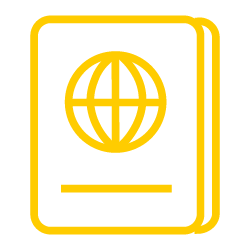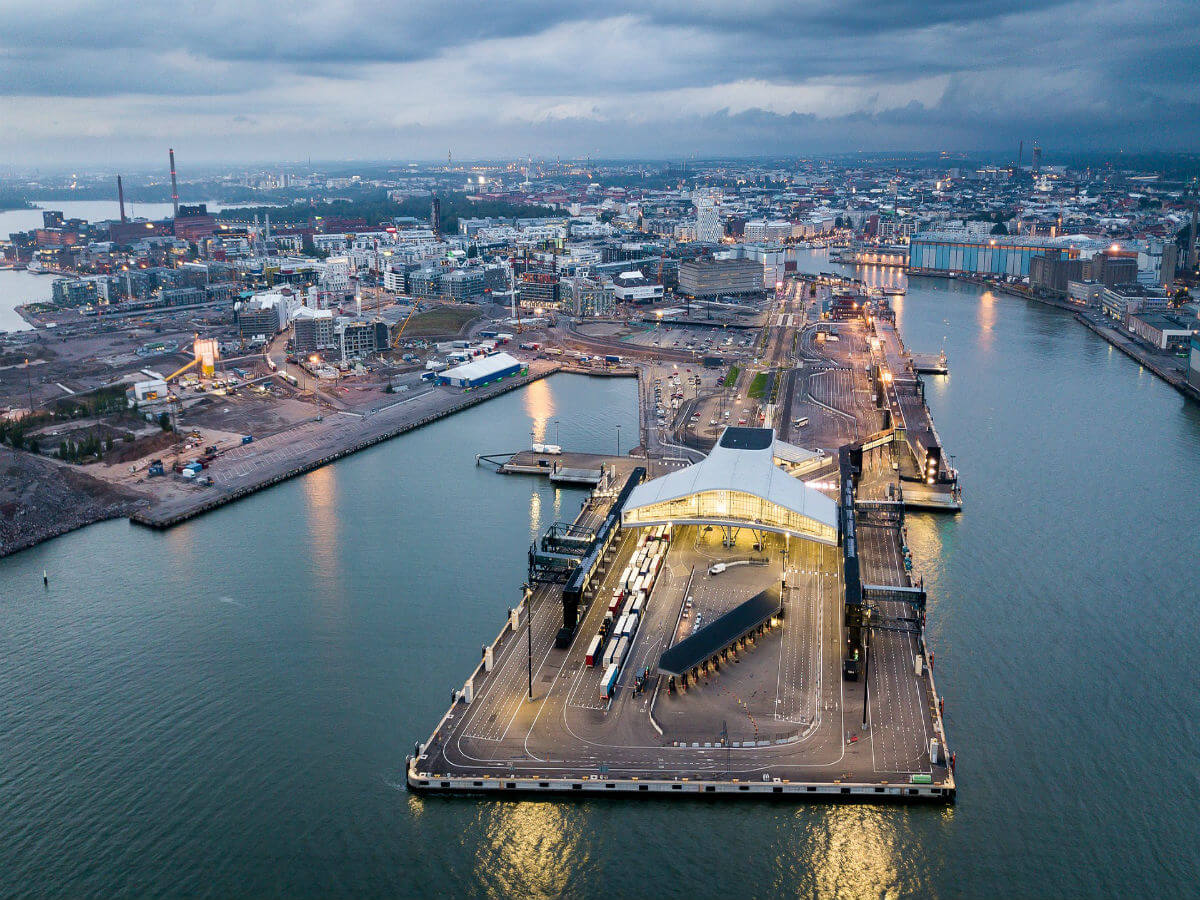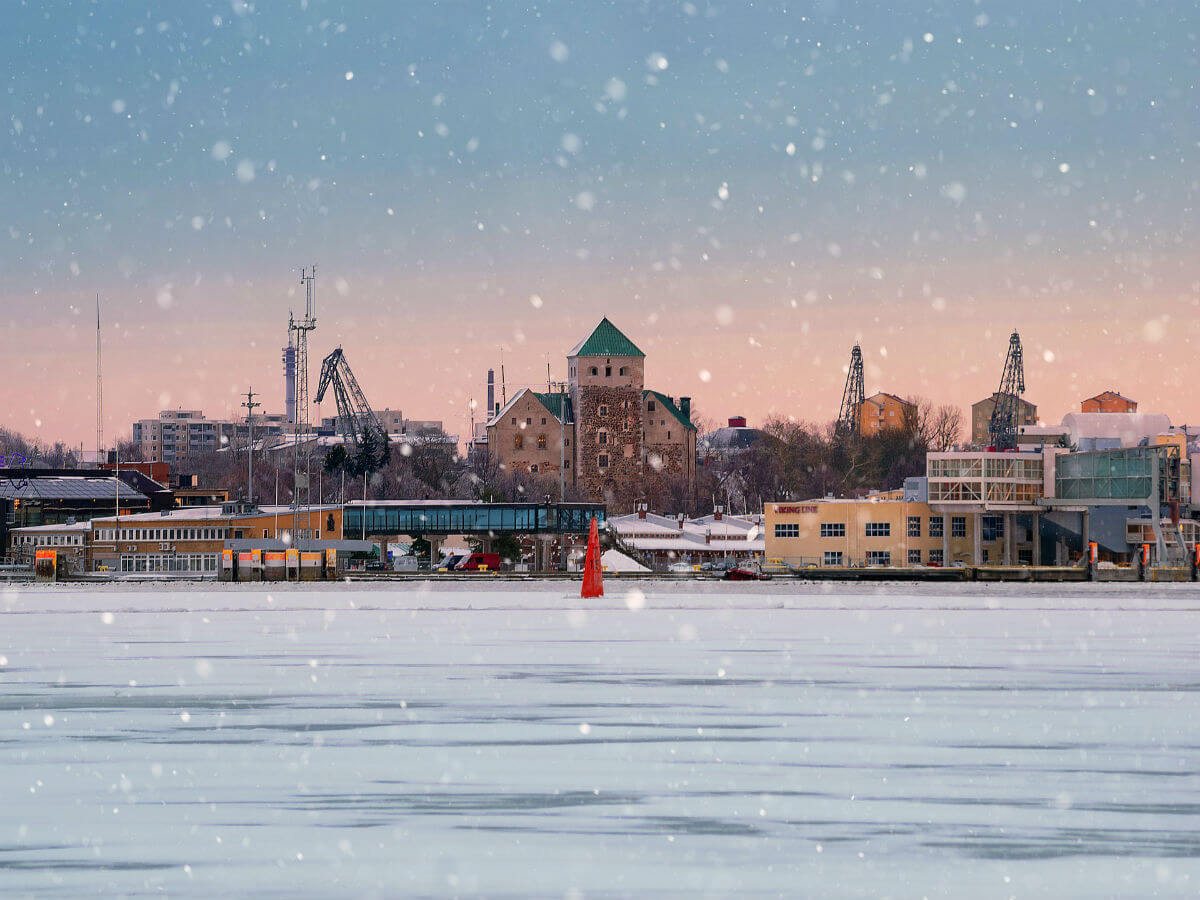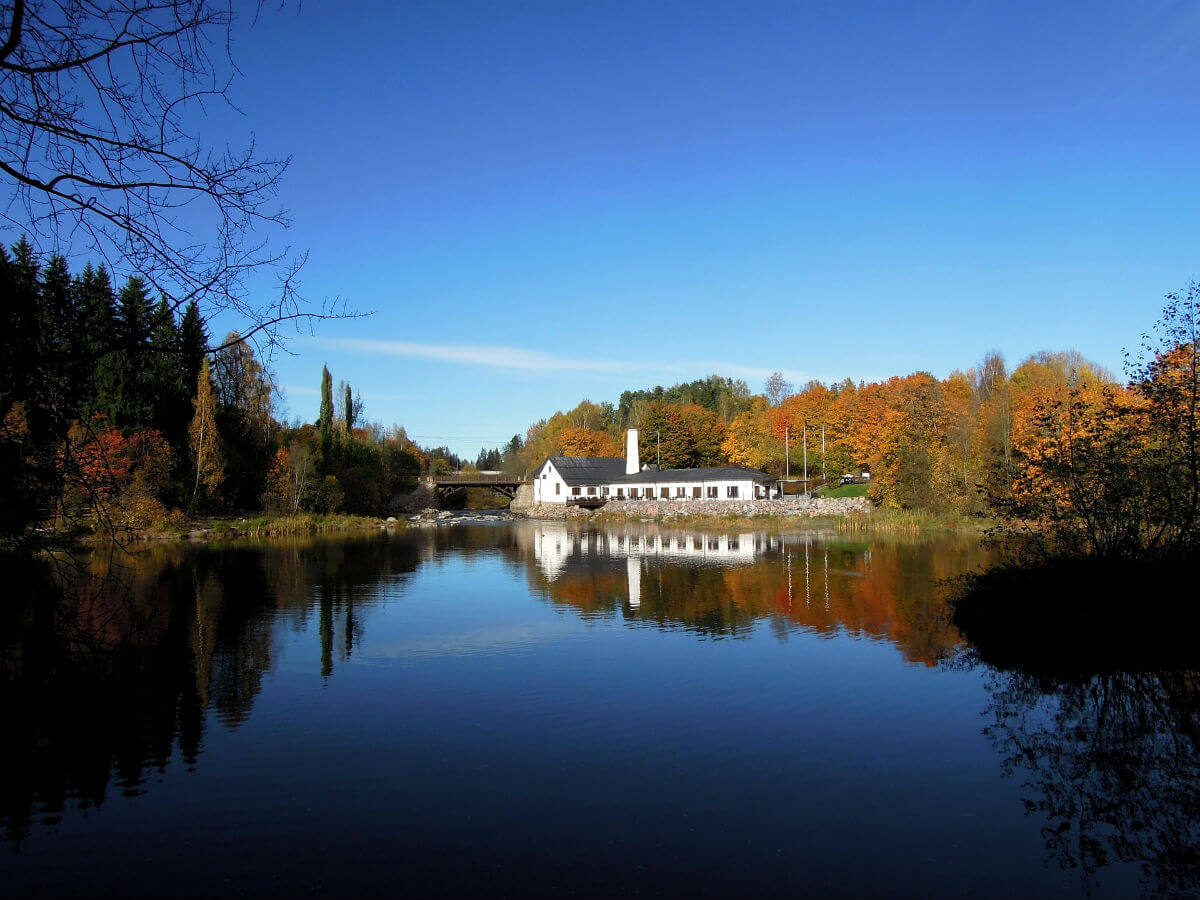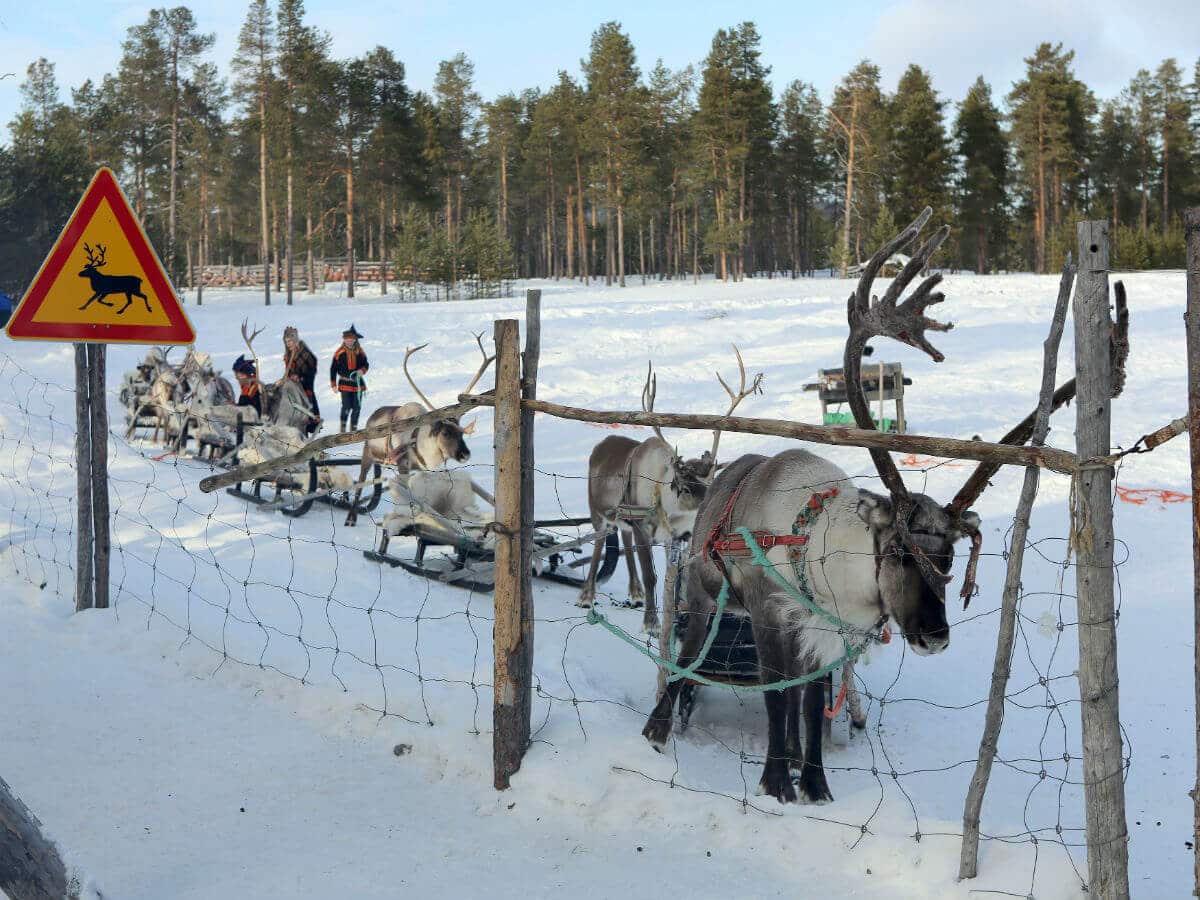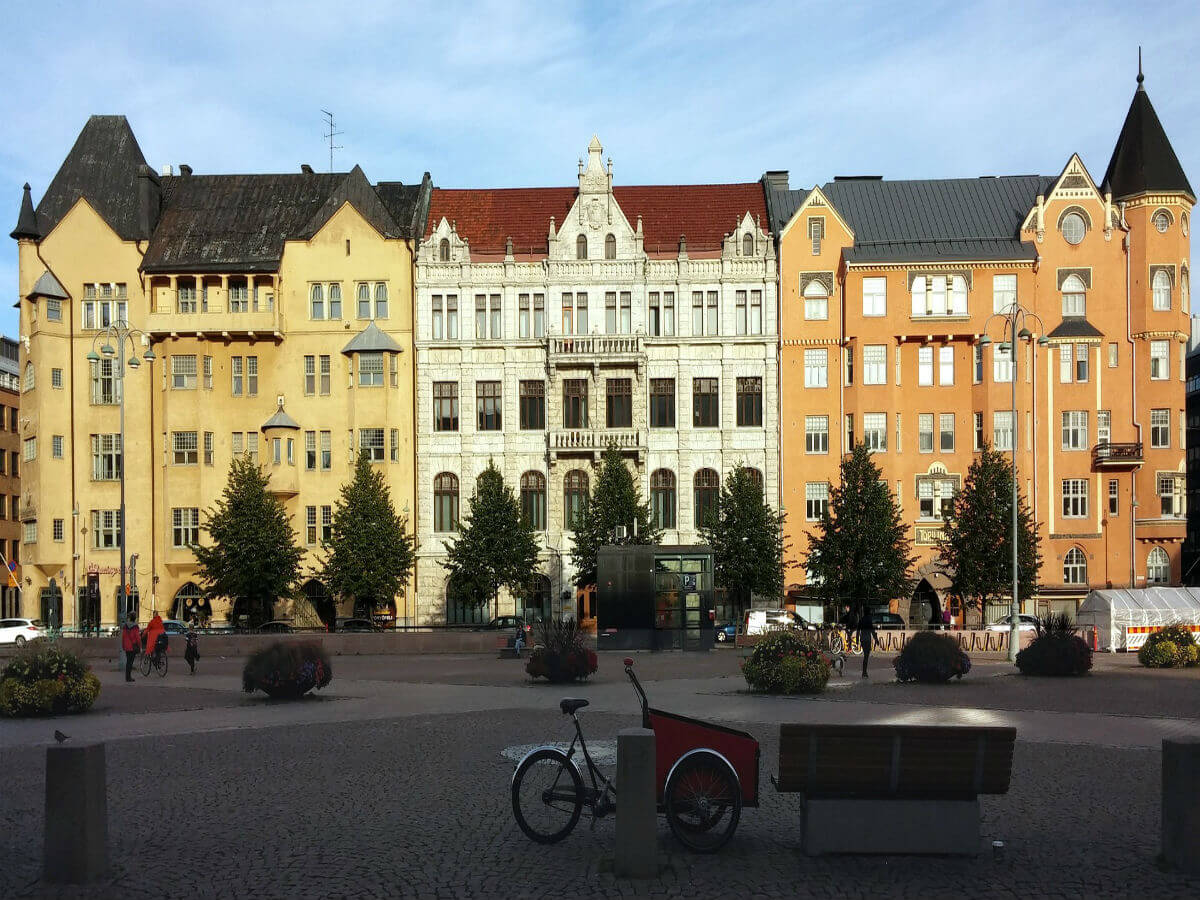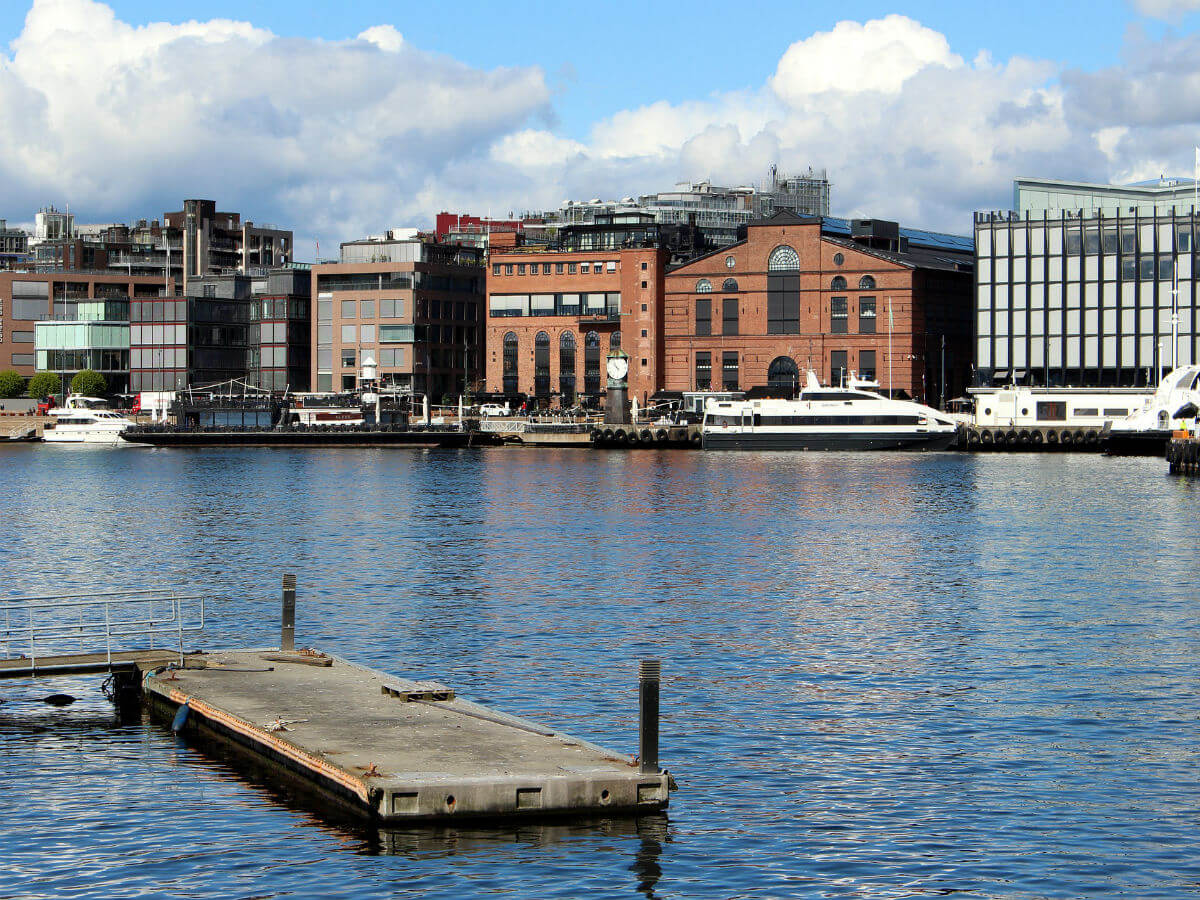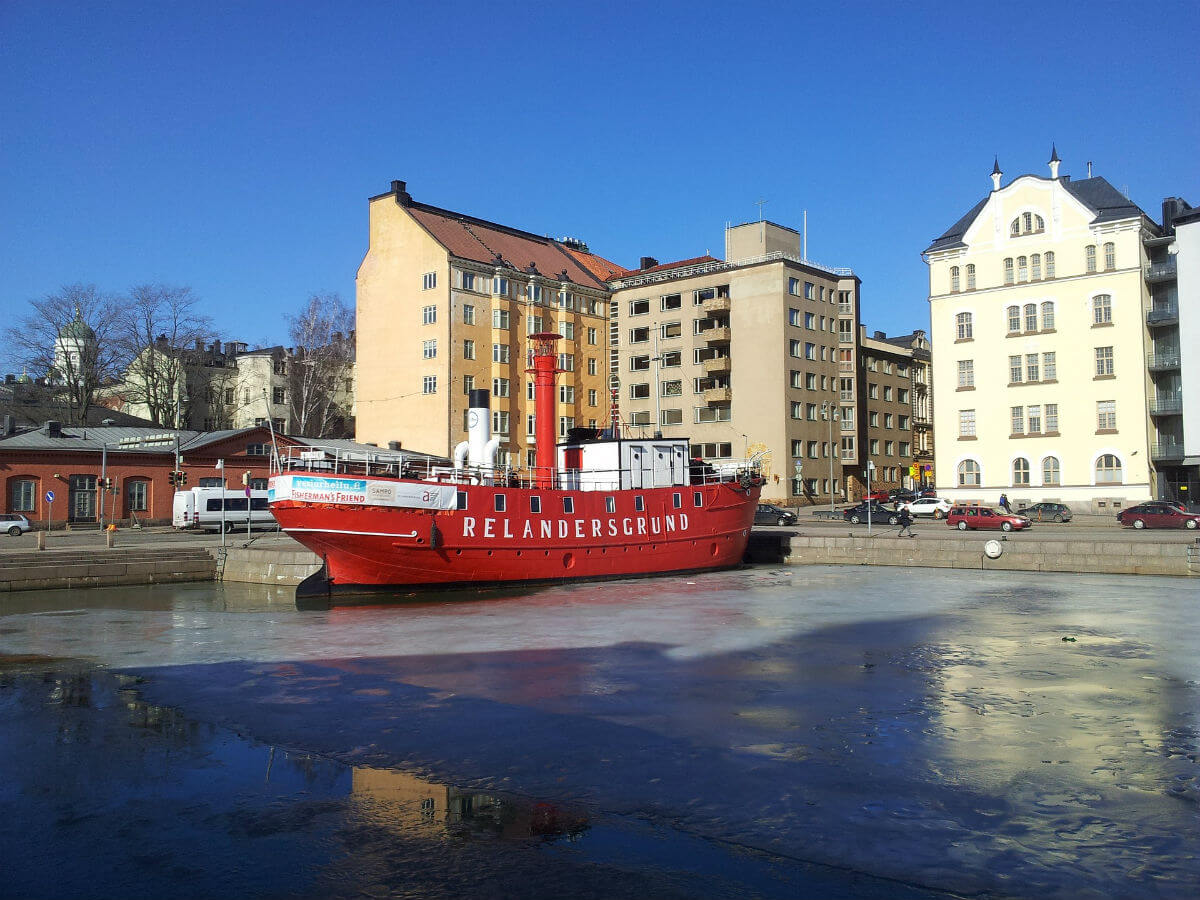Finland is the northernmost country in Europe and one of the Scandinavian countries. It shares its borders with Sweden to the west, Russia to the east, Norway to the north, and the Baltic Sea to the south and southeast. Almost 70% of the country is covered in thick forests. The Scandinavian mountain range stretches across the northwestern parts of the country. Helsinki is the capital of Finland. A majority of the country’s population lives in and around Helsinki. Like in India, Finland has a Prime Minister and President.
Finland is divided into 19 provinces; each province has its unique characteristics. Here’s a brief overview of each:
Åland Islands is an archipelago of 80 Swedish speaking islands, known for its maritime charm and beauty. The capital of Mariehamn, is a lively international harbour between Finland and Sweden.
Uusimaa has four national parks and the cities of Helsinki, Porvoo and Hanko.
Southwest Finland is known for its rich history, Turku, the oldest city in Finland, and its picturesque archipelago.
Satakunta has diverse agricultural and industrial landscapes and is known for its cultural events, including the Pori Jazz festival held in the capital of Pori. This province also has a UNESCO World Heritage site, Old Rauma, known for its wooden architecture.
Pirkanmaa’s capital is Tampere, which distinguishes itself with its red brick houses and industrial history. The small town of Nokia, in this province, is the birthplace of the mobile phone company.
Päijänne Tavastia is known for its beautiful lakes and forests. Lahti, the capital of this province, is known for ski championships and musical concerts.
Kanta-Häme is famous for the 13th century medieval Hämeenlinna castle.
Kymenlaakso has 2 UNESCO World Heritage sites in the town of Jaala. The capital city of this province, Kotka, is located on the delta of the Kymi River, one of the largest in Finland. It is also a famous seaport.
South Karelia has two popular tourist destinations: Saimaa Lakelands and Imatra Rapids. This province is also famous for its pastries.
Etelä-Savo (South Savo) is famous for the annual opera festival held in the medieval castle of Olavinlinna in Savonlinna. A stunning lake, the habitat of the rare Saima ringed seal, can be viewed from the castle.
North Savo is a region rich in nature and agriculture, famous for its culinary traditions and festivals. This province also hosts the annual Wife-Carrying World Championships.
North Karelia is known for its rugged landscapes and strong folklore, particularly in music and crafts. The Koli National Park is in this province.
Central Finland is home to Jyväskylä, the capital of this province. This place has many lakes and four national parks: Leivonmäki, Konnevesi, Pyhä-Häkki, and Salamajärvi. It also has two UNESCO World Heritage Sites: the Petäjävesi Old Church and the Struve Geodetic Arc at Oravuori.
South Ostrobothnia is famous for its unique wooden architecture, vibrant agricultural community, and annual Tango festival.
Ostrobothnia is a bilingual region with a prominent Swedish speaking population. This province has flat landscapes with scenic farms.
North Ostrobothnia is a province that combines the best of nature and modern living. The capital, Oulu, is a hub for start-ups and IT companies. The town of Kuusamo in this province has the Ruka Ski Centre. This province has pristine national parks and extensive wilderness.
Kainuu is a tranquil region, ideal for nature lovers. A large part of this province is covered with swamps. The Swamp Soccer World Championship is held in this region. The boreal forests of this place are home to a range of wildlife, such as the brown bear, golden eagle and great-spotted woodpecker.
Lapland is the largest and northernmost province in Finland. Its capital is Rovaniemi. Lapland is known for its vast wilderness, Santa Claus, and Indigenous Sámi culture and is a prime location for viewing the Northern Lights.

